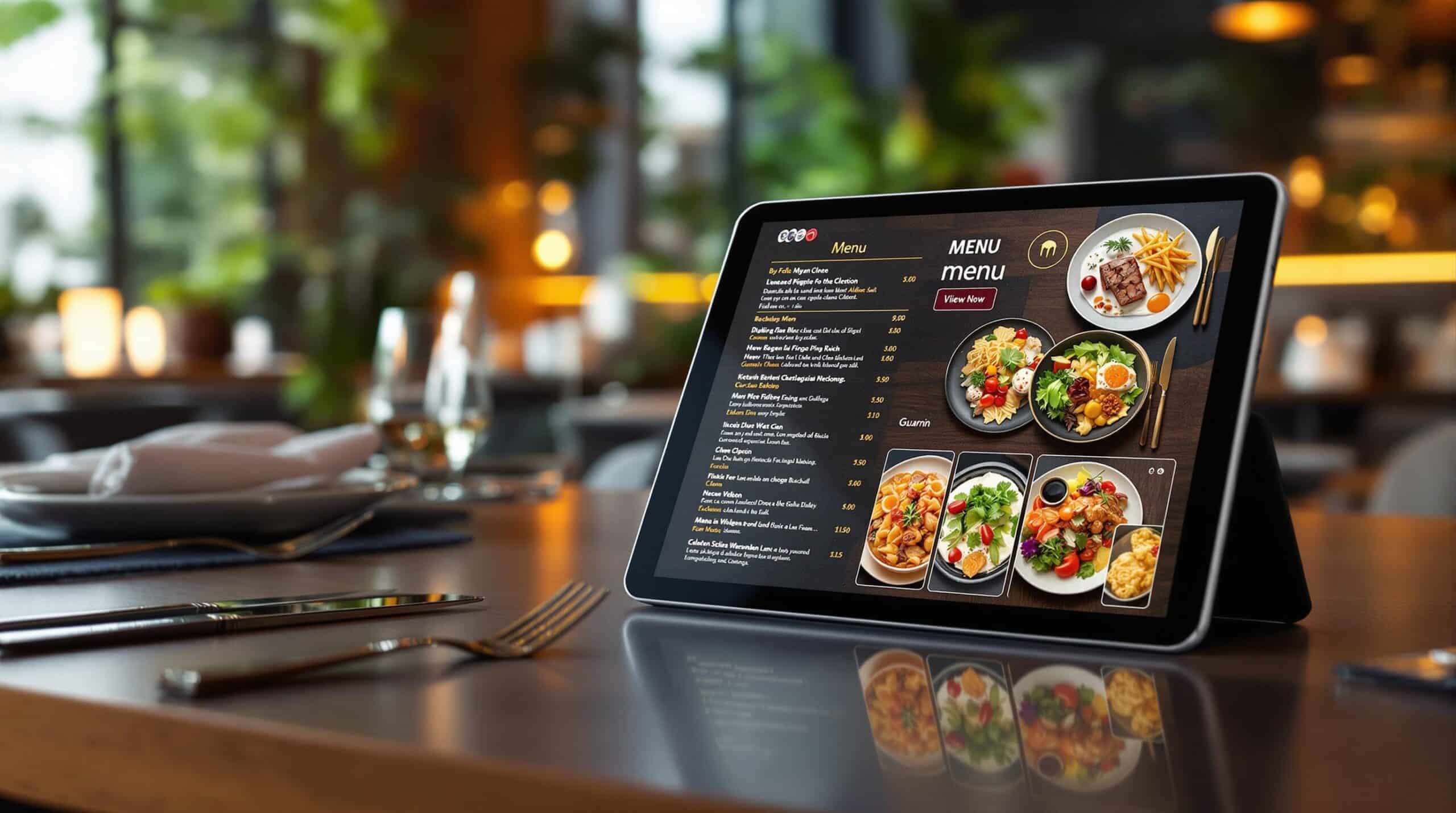
How to Create a Multilingual Menu Automatically with AI
Tourism plays a major role in the restaurant industry. Every year, millions of travelers dine at restaurants where they do not speak the local language. This creates both a challenge and an opportunity. If your guests cannot understand your menu, they are less likely to order confidently. But when they can read it in their own language, they feel welcome, understood, and ready to explore.
Thanks to artificial intelligence, restaurants can now offer professional-quality translations without the cost or complexity of manual work. AI makes it possible to create a multilingual digital menu in minutes instead of weeks.
The Language Barrier Problem
A language barrier can lead to confusion, slower service, and even lost revenue. Guests often rely on staff to explain dishes, which increases pressure on servers and limits efficiency. In tourist-heavy areas, this problem grows even larger.
Imagine a table with guests speaking English, German, and Italian. Each needs explanations in a different language. If the staff cannot communicate fluently, the experience becomes frustrating for both sides.
AI translation tools eliminate this problem completely. A digital menu that supports multiple languages ensures that every guest can explore your offerings comfortably.
How AI Translation Works
Artificial intelligence uses advanced language models to understand context, tone, and meaning. Unlike older translation systems that produce awkward or literal text, modern AI tools create natural, accurate translations that sound human.
With a platform like Eateio, restaurant owners can enter their menu once in their main language. The system then generates translated versions automatically, covering major languages such as English, Greek, French, German, Spanish, and Italian.
These translations can be fine-tuned, so you can correct or customize specific phrases if needed. Once approved, your digital menu instantly becomes accessible to guests in their preferred language.
Saving Time and Resources
Manually translating a menu can be expensive and slow, especially when frequent changes are required. Seasonal dishes, new prices, and updated ingredients make it nearly impossible to keep printed translations up to date.
AI simplifies this process. Every time you edit or add a dish, the system automatically updates all translated versions. There is no need to hire translators or reprint menus. This not only saves money but also ensures consistency and accuracy across all languages.
Building Trust with International Guests
When a guest reads your menu in their own language, they immediately feel more confident. They are more likely to try new dishes and order without hesitation. This builds trust and improves satisfaction.
Clear communication also reduces the risk of misunderstandings related to ingredients or allergens. AI-powered menus can display allergen symbols and nutritional information in every supported language, ensuring safety and clarity.
By providing this level of accessibility, you show respect for your guests’ cultures and create a more inclusive dining environment.
SEO and Online Discoverability
A multilingual menu does not just help guests at the table. It also helps new customers find you online. Search engines like Google index multilingual content separately, meaning your restaurant can appear in searches made by tourists in their own language.
For example, if your restaurant in Athens has both Greek and English menus, it can appear in search results for “seafood restaurant in Athens” and “εστιατόριο θαλασσινά Αθήνα.” This multiplies your visibility without additional advertising costs.
Platforms such as Eateio automatically structure multilingual data so that it performs well in search engines, helping you reach international audiences organically.
Enhancing Digital Menus with AI
AI translation works best when paired with digital menu technology. With tools like Scan2Order, guests simply scan a QR code at their table and choose their preferred language.
The system detects their browser or device settings and displays the correct version automatically. Guests can then browse the same menu content, photos, and descriptions without any extra effort.
This combination of convenience and personalization significantly improves the guest experience, particularly in destinations that welcome travelers from around the world.
Maintaining Brand Consistency
One concern about automated translation is losing brand tone or personality. Fortunately, AI systems have advanced enough to maintain context and adapt to your restaurant’s style.
You can customize how your dishes and descriptions sound in each language, keeping the tone consistent with your brand. For example, a fine-dining restaurant may use more elegant phrasing, while a beach bar might prefer casual language.
Once you set your preferences, the AI maintains that consistency across all translations.
Accessibility and Inclusivity
Language is part of accessibility. A multilingual menu shows that your restaurant values every guest equally. For travelers with limited English or Greek skills, this can make a significant difference in comfort and experience.
Inclusive design is becoming a global standard. Restaurants that invest in multilingual menus position themselves as modern, professional, and guest-focused.
How to Get Started
Creating an AI-powered multilingual menu is easier than it sounds. Follow these steps:
- Choose a digital menu platform that supports AI translation.
- Enter your menu in your main language.
- Review and adjust automatically generated translations.
- Publish and connect your QR codes to the live menu.
That is it. Your restaurant is instantly ready to serve guests in multiple languages.
Conclusion
AI has changed the way restaurants communicate with guests. A multilingual menu no longer requires human translators or multiple versions of printed materials. With automated systems, you can keep your menus accurate, inclusive, and up to date with minimal effort.
By embracing AI-powered translation, your restaurant becomes more welcoming to international visitors and better equipped for the modern hospitality landscape.
Platforms like Eateio and Scan2Order help bring this vision to life, making multilingual dining accessible to every business, no matter its size.